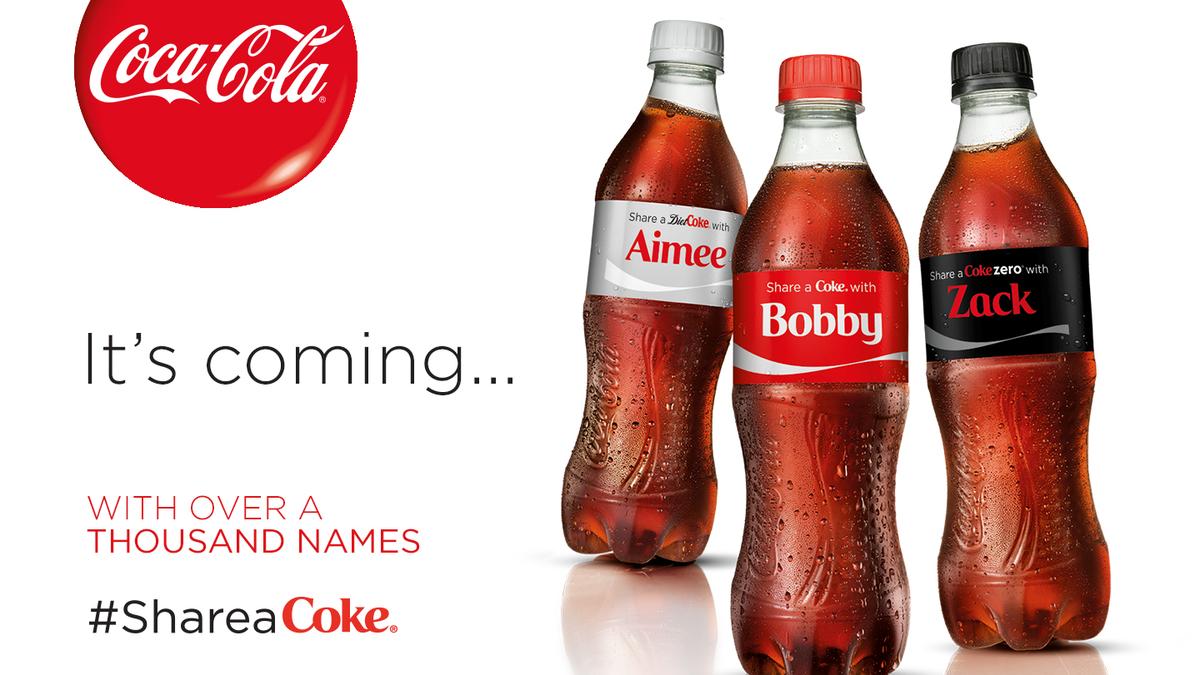A recent research study has established that 87% of Australians access the internet on a daily basis, which absolutely justifies the dominance of digital marketing.
The same report states that 69% of people who use the internet are also social media users, so it’s pretty much clear that all your marketing efforts should be focused on the online channels, right? Not quite so. Let’s not forget that TV, radio, and newspapers are still very much alive and kicking, not to mention that people actually don’t spend all their time online. Secondly, certain demographics can be more easily reached through traditional marketing. And finally, some products are better suited for traditional marketing methods. The bottom line is that the most effective strategies combine both online and offline marketing.
Building a Strong Online Presence Offline
Building a strong online presence is a must because a lot of people run a background check on companies when they’re making their purchasing decision. So, it definitely won’t look good if your client’s business doesn’t have a website or social media profiles. On the other hand, instead of waiting for people to stumble upon their website or Facebook page, it’s a good idea to disseminate the information across traditional advertising channels and include your client’s website address and social media handles in your advertisements, TV commercials, billboards, flyers, or direct mail.
Take a cue from Coca-Cola and their #ShareACoke campaign which cleverly used the power of traditional marketing as a vehicle for generating tons of UGC on their social media channels.

The company personalised bottles with various names and titles and encouraged customers to share their own personalised bottles on social media – is there a need to mention that this was a smash hit?
Similarly, the recent Crocodile Dundee reboot campaign, which turned out to be an elaborate ad for Australia as a tourist destination, was a perfect blend of the two methods.

The main trailer for the spoof was aired during the Super Bowl, but it was heavily backed up by a number of teasers that appeared on the internet before the main event. This ingenious promotion branched out into a social media petition for the actual remake to take place. QR codes are another great tactic for boosting your client’s online presence and visibility. By adding them to the products, the front door of your client’s business, various promotional items, business cards, receipts, storefront displays, or anywhere you think it’s convenient, you’ll help customers access the information about your client’s company much faster and easier as they won’t have to type anything into the search engine.
The Gift That Keeps on Giving
People love freebies, and it’s not just a myth. 79% of those who receive a promotional item research the brand, while 81% keep the product for more than a year. One of the best ways to engage your client’s social media followers is to run a contest or a giveaway and to reward them with some cool branded products. This powerful combination of traditional and digital marketing operates on a couple of levels. Not only will your clients benefit from the workings of the principle of reciprocity, but you’ll also help them receive a great deal of offline exposure.
In fact, people are always inclined to return the favour by giving something back after they have received something for free. That’s why incentives make your client’s customers almost morally obliged to make a purchase after they receive a gift from them. In addition to that, pens, notebooks, bags, or T-shirts with your client’s business logo printed all over them will turn their customers into walking billboards and brand ambassadors.
Up Close and Personal
Another essential difference between traditional and digital marketing lies in the fact that the former is directed at attracting the attention of a much wider audience, sometimes non-selectively – TV and radio commercials, newspaper adverts, and billboards are the true examples of mass marketing, while the latter targets a specific audience.
Although your efforts to personalise the outreach by implementing segmentation, email marketing automation and other sophisticated approaches will most certainly help your client build more meaningful and profound relationships with their customers. Direct mail, one of the most personal ways of reaching a target audience, can still add that ‘wow’ factor to the promotion of a business. The appeal of this old-school marketing, if done properly, is still irresistible to a lot of people. Many companies list their products on their website and social media, and yet a nicely wrapped, glossy catalogue which will point back to your client’s online channels can be a pretty powerful marketing tool.
In fact, 58% of online shoppers actually get their purchasing ideas while they’re flipping through regular, print catalogues. It can’t be denied that this is an expensive tactic, but it’s worthwhile.
Several well-respected Australian wineries use both digital and hard copy brochures to reach out to their customers, and they report that the impact of this combined approach has been very successful. When it comes to direct mail marketing, it’s of vital importance to do your segmentation precisely because this is a highly-targeted approach, and in that respect, it’s very similar to digital marketing. This will allow you to create tailored content that will resonate with each particular segment. Last but not least, having a very clear and strong CTA is essential for high conversion rates, so give your audience straightforward and concise instructions on how to place their orders. To prevent them from procrastinating with their decision-making process, you should include limited time offers just like you do for your online offers.
The synergy of traditional and digital marketing will help you reach all segments of your audience, all walks of life, and all kinds of demographics. Using just one of these strategies means limiting your client’s brand awareness and recognition, and leaving money on the table.









